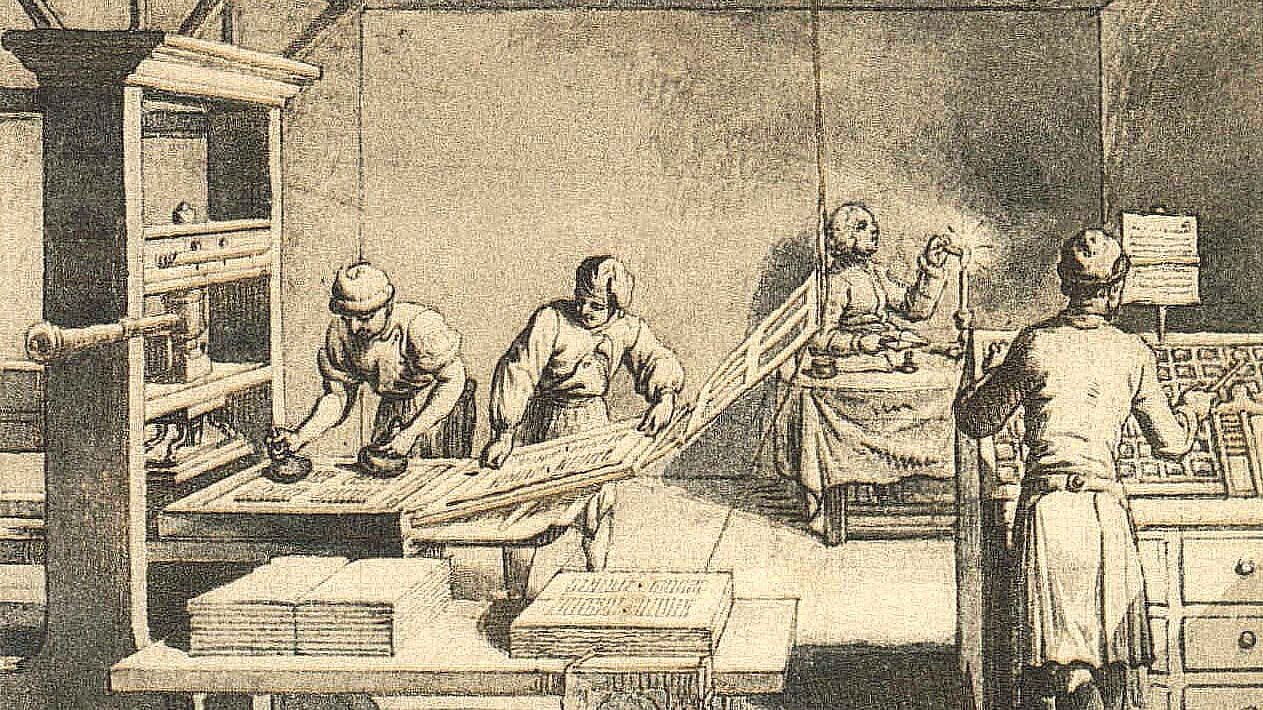Module 09. Guptas to Harsha
The period from the decline of the Gupta Empire to the rise of Harsha represents a transitional phase in early medieval Indian history, roughly between the 6th and 7th centuries CE. This era witnessed the fragmentation of imperial authority, the emergence of regional kingdoms, cultural transformations, and the continuation of classical traditions in literature, art, and religion. It was a time of both political upheaval and cultural vibrancy, shaping the contours of medieval Indian polity and society.
The Decline of the Gupta Empire
The Gupta Empire, often termed the “Golden Age of India”, began to weaken after the reign of Skandagupta (c. 455–467 CE). Continuous invasions by the Hunas (Hephthalites) from Central Asia in the late 5th century severely strained the empire’s military and economic resources. Although Skandagupta repelled early Huna attacks, the subsequent rulers lacked his competence, leading to territorial losses.
By the early 6th century CE, the empire had disintegrated into several smaller kingdoms. The western and central regions were overrun by the Hunas, while local dynasties like the Maukharis of Kannauj, Vakatakas, Later Guptas, and Pushyabhutis rose to prominence. This decentralisation marked the end of a unified political structure in northern India.
Regional Kingdoms after the Guptas
After the fall of the Guptas, northern India became a mosaic of regional powers.
- The Maukharis of Kannauj emerged as a dominant force in the Gangetic plains. Initially feudatories of the Guptas, they asserted independence under rulers such as Ishanavarman (c. 535–553 CE), who extended his authority over parts of Magadha and the upper Ganges valley.
- The Later Guptas held sway over Magadha and parts of Bengal. Their power waned under constant conflict with the Maukharis and other neighbouring states.
- The Pushyabhuti Dynasty of Thanesar, founded by Pushyabhuti, gradually expanded its influence under Prabhakaravardhana, setting the stage for his son Harsha’s ascendance.
- In western India, the Maitrakas of Valabhi ruled over Saurashtra, known for their patronage of Buddhism and Jainism.
- In eastern India, local powers such as the Gaudas of Bengal and Kamarupa (Assam) maintained semi-independent existence.
These regional powers often engaged in alliances and conflicts, reflecting a politically fragmented yet dynamic landscape.
The Age of Harsha
Harsha Vardhana (606–647 CE) was the most illustrious ruler of the Pushyabhuti dynasty. Following the death of his brother Rajyavardhana, Harsha ascended the throne of Thanesar and soon brought the Maukharis of Kannauj under his control through a political alliance. His empire stretched from the Punjab to Bengal and from the Himalayas to the Narmada River, though the southern territories remained beyond his grasp.
Harsha maintained a feudal administrative system, appointing governors and officials who owed allegiance to him. His capital shifted from Thanesar to Kannauj, which became a prominent political and cultural centre of northern India.
Administration and Governance
Harsha’s administration retained many Gupta features, with a strong emphasis on decentralised governance. The empire was divided into provinces (bhuktis), further subdivided into districts (vishayas) and villages (gramas). Local assemblies and guilds played an essential role in managing civic and economic affairs.
The economy continued to rely on agriculture, trade, and crafts, with evidence of inland and overseas commerce. The use of coins, such as the silver and copper currency bearing Harsha’s emblem, indicates stable economic conditions.
Religion and Culture
The period witnessed a remarkable confluence of religious traditions. Although born a Shaivite, Harsha later embraced Mahayana Buddhism and became its ardent patron. His association with the Chinese pilgrim Xuanzang (Hsüan-tsang) is well documented in the Si-yu-ki, which provides valuable insights into the socio-political life of the time.
Harsha organised great religious assemblies, including the Kannauj Assembly, where representatives of various faiths debated religious doctrines. He also built monasteries, stupas, and charitable institutions, promoting intellectual and spiritual pursuits.
Literature and Intellectual Developments
The literary activity during this period was significant. Harsha himself was an accomplished writer and is credited with three Sanskrit plays — Nagananda, Ratnavali, and Priyadarshika — which exhibit refined courtly culture and moral themes.
The age also produced eminent scholars like Banabhatta, whose works Harshacharita and Kadambari offer vivid descriptions of court life, politics, and society under Harsha. Xuanzang’s travel accounts provide corroborative historical data, adding to the literary richness of the era.
Sanskrit continued as the language of administration and literature, while Prakrit and early regional dialects flourished in popular discourse.
Art and Architecture
The artistic traditions that blossomed under the Guptas continued during Harsha’s reign, though on a regional scale. Buddhist and Hindu architectural remains from Sarnath, Nalanda, and Kannauj reflect a synthesis of Gupta and post-Gupta styles.
The Nalanda University, which reached its zenith under Harsha’s patronage, attracted students and scholars from across Asia. The university became a symbol of India’s intellectual leadership, offering studies in theology, medicine, logic, and grammar.
Political Relations and Decline
Harsha attempted to extend his rule southwards but faced resistance from Pulakesin II of the Chalukya dynasty, resulting in a stalemate near the Narmada River. This boundary came to symbolise the division between northern and southern Indian political spheres.
After Harsha’s death in 647 CE without a direct heir, his empire disintegrated rapidly. Regional rulers such as the Rashtrakutas and Palas later rose to prominence in different parts of India. The political fragmentation that followed marked the beginning of the early medieval phase.
Legacy and Significance
The era from the Guptas to Harsha represents a bridge between the classical and medieval periods of Indian history. It saw the decline of imperial unity but also the continuation of classical cultural traditions. Harsha’s reign, in particular, symbolised the last great attempt to unify northern India before the advent of later dynasties.
Culturally, this period preserved the Gupta legacy of Sanskrit learning, religious tolerance, and artistic excellence. Politically, it laid the groundwork for the regional kingdoms that would dominate the Indian subcontinent in the centuries to follow.

